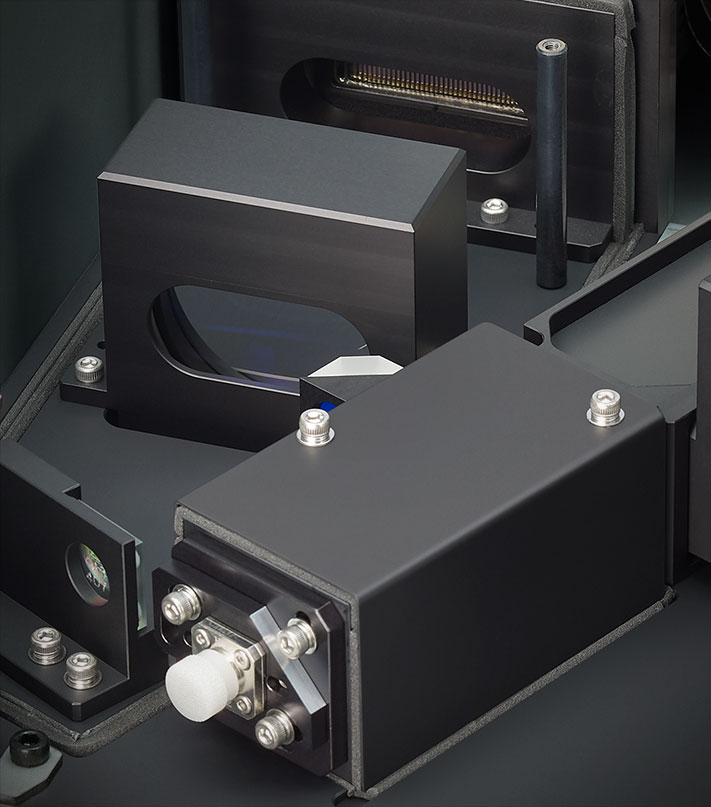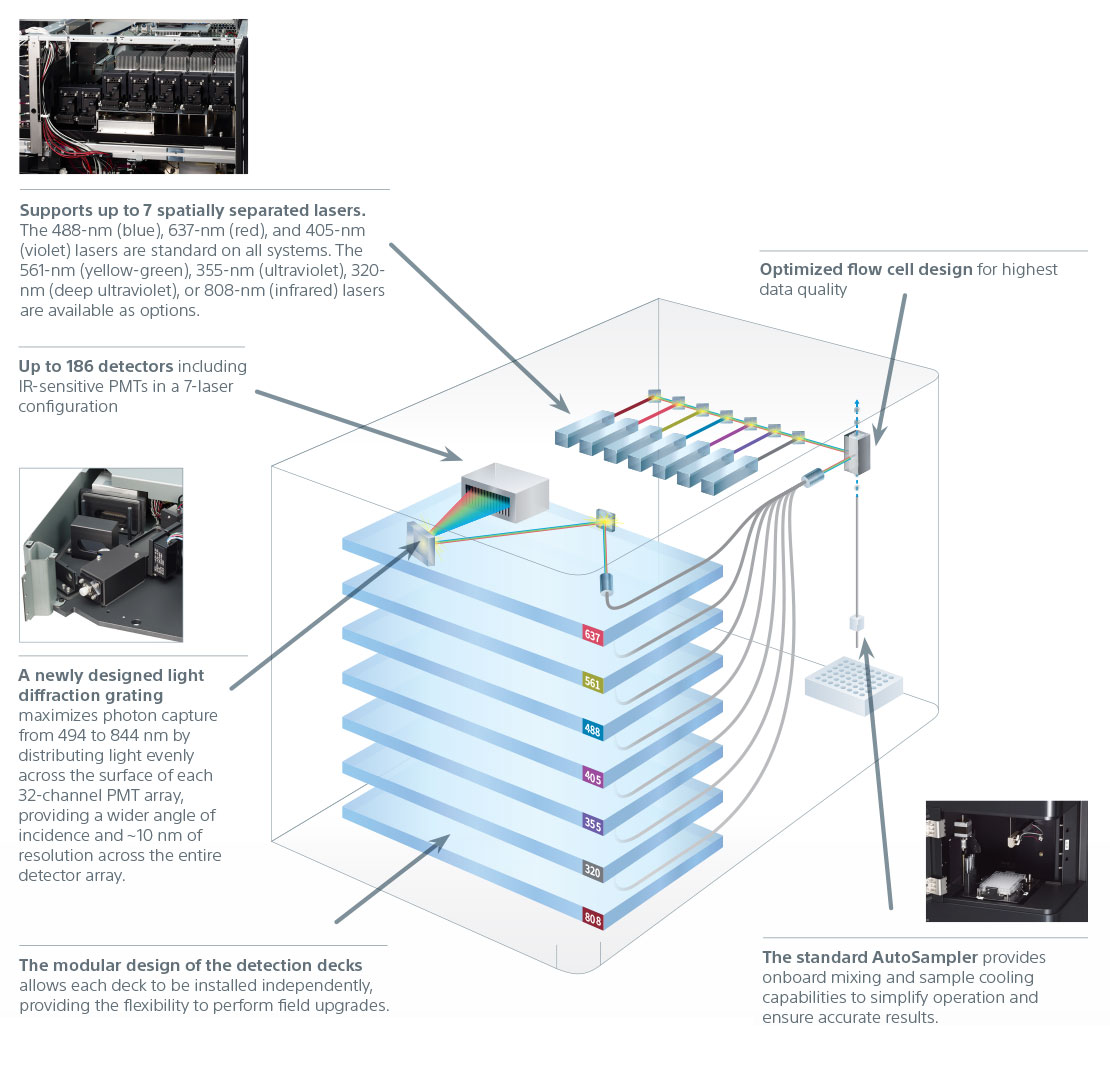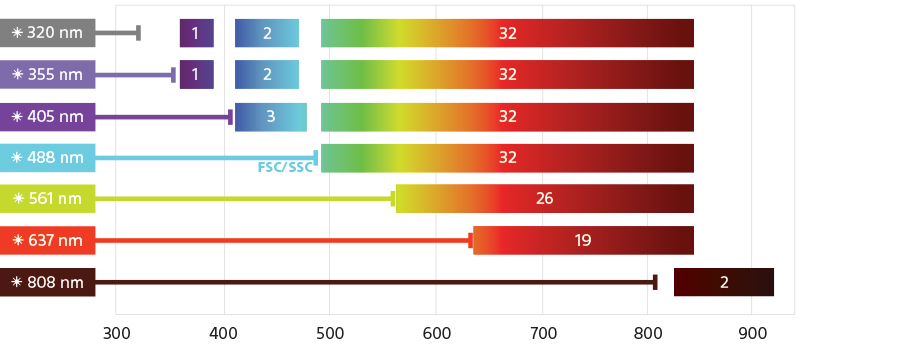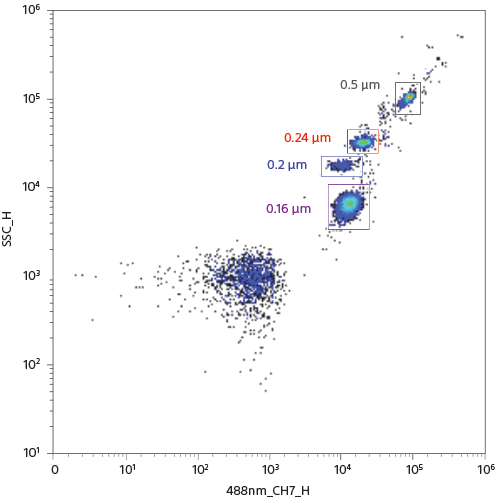-
Sign In
-

-
 Sony Biotechnology
Sony Biotechnology
-

-
 Sony Biotechnology
Sony Biotechnology
ID7000™ Spectral Cell Analyzer

Designed for Multicolor Workflows
The advanced optics design, along with other proprietary technologies included in the ID7000 spectral system, provide best-in-class data so that researchers can collect the most information from every sample. Sony has developed signal processing technologies to reduce electronic noise, central to achieving high sensitivity in a flow cytometer. Together, these capabilities help to deliver the sensitivity to help scientists achieve more accurate results.
The new excitation and detection optics in the ID7000 allow users to select spectrally similar fluorochromes and resolve the signal with confidence, to gain a deeper understanding of cellular biology. As pioneers in spectral technology, we at Sony have designed the optics to unlock the full potential of spectral analysis, with an unparalleled number of lasers and PMT detectors that provide the resolution needed to unmix even the most similar spectral signatures.

The excitation optics are designed to maximize fluorochrome excitation and emission across the detector array to deliver distinctly resolved populations. The system is equipped with three standard excitation lasers in all configurations: the 488-nm (blue), 637-nm (red), and 405-nm (violet) lasers. Optional 561-nm (yellow-green), 355-nm (ultraviolet), 320-nm (deep ultraviolet), or 808-nm (infrared) lasers support a wide variety of applications. Each excitation laser has power specifications optimized to deliver the highest performance for detecting dim and rare markers.
The expanded detector availability addresses the complexity of panel design, and in turn fluorochrome choices, which empowers discovery. Photomultiplier tubes (PMTs) have been chosen for their high signal-to-noise performance to capture the most photons, leading to higher resolution and lower background, enhancing dim signal detection for superior visualization of rare populations.
Emitted light is collected from 360 nm to 920 nm using PMTs (32-channel, single-channel, and single-channel IR-sensitive), and a spectral fingerprint is generated. A light diffraction grating based collection system maximizes photon capture across the entire spectrum by distributing light evenly across the surface of each of the 32-channel PMT arrays. This new, robust system provides high resolution across the entire detector array for a larger, more evenly distributed detection range, and minimizes light loss.

The detection capacity of the ID7000 spectral cell analyzer spans from 360 nm to 920 nm in the 7-laser configuration. The signal is captured using a combination of 32-channel PMT arrays and individual PMTs. The signal above 800 nm is detected with specialized InGaAs PMTs to ensure data quality.

Small Particle Detection
The ID7000 can detect small particles. The figure shows how a mix of fluorescent beads of varied diameters available as a commercial product (Megamix, Biocytex), is analyzed to clearly resolve the 160-nm beads from all other beads and separate from noise, using SSC and channel 7 of the 32-channel PMT array on the blue laser deck.

